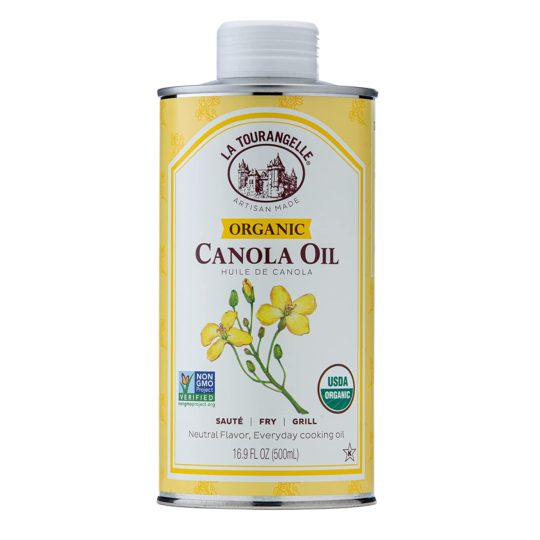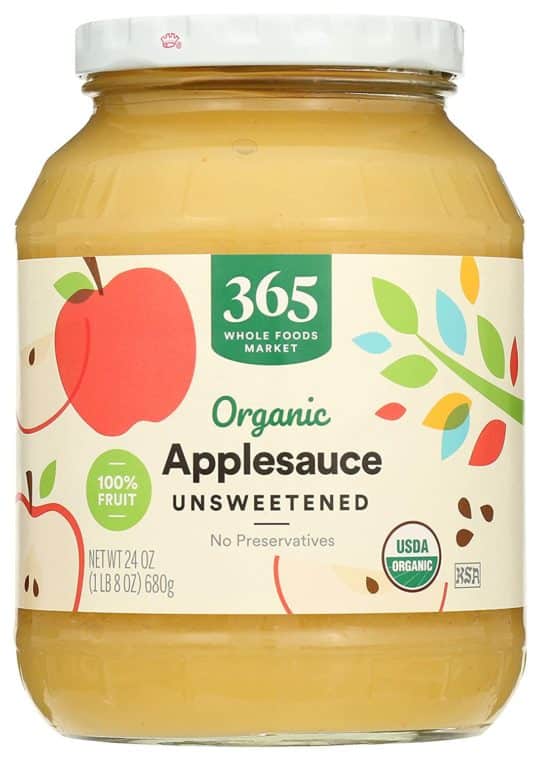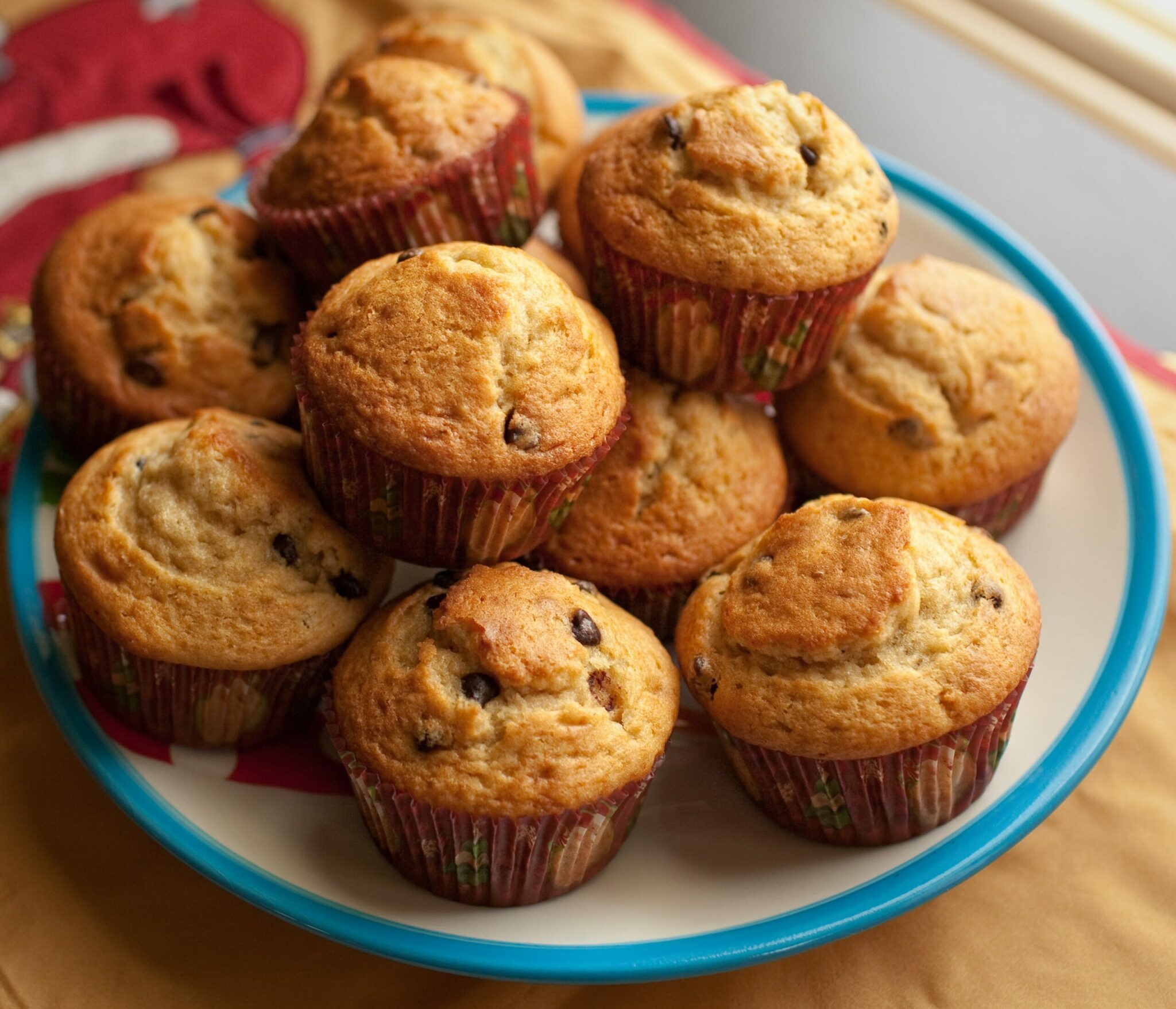Muffin is almost just a fancy word for sliced cakes, with the only real difference being the shape. Muffins can be referred to as single-serving quick bread. Whenever baking powder and eggs are added in place of yeast, they rise steadily. They are somewhat sweet and moist but heavier than a cake or cupcake. Muffins come in bread and are less sweeter than cakes anyway, but they are both baked foods. There’s a very thin line between a quick bread and low-tone cake muffins.
You might be asking – where does vegetable oil come into play in baking muffins? What does it do? Well, what it does is add moisture tenderness and soft richness to your quick bread or muffins. It is also no secret that vegetable oil is also highly nutritious; it is a major source of energy and contains nutrients vital for growth, protecting the brain cells, and helping with metabolism.
If you don’t have any vegetable oil at hand when you need it for your muffins or whatever reason, you need a replacement. There are other options for you. Nature is so benevolent with these alternatives, eh?
What are vegetable oil and muffins?
Vegetable oils are are oils gotten from the seeds or other parts of fruits. Typical examples of extracted oils from other parts of other fruits include olive oil, palm oil, and rice bran oil. As it is commonly known, vegetable oil may refer exclusively to vegetable fats which are liquid at room temperature. Different kinds of vegetable oils are taken straight up; they can also be heated to high temperatures and used to fry foods.
As for muffins, many questions have popped up over the years, is it just cakes? Are the cupcakes? Anyway, there is no great difference among them all, just little details and how you choose to name them. Muffins contain flour, liquid, egg, sugar, salt, shortening, and baking powder. The thin line is always the moisture of the muffin. The addition of vegetable oil makes it more moister than its other counterparts.
Vegetable oils are used in recipes
Probably one of the most versatile cooking ingredients you’ll ever see. From being a very useful ingredient in baking recipes to its usefulness in frying your meat and fish, the list is endless for marinating, roasting, searing, seasoning, etc. So here’s a look at some of the recipes it works well on.
- Salad dressings
- Vegetable side dish
- Green salad
- Root veggies
- Homemade soups
- Stir-fries
- Seasonings for vegetables, meat, and fish dishes
- Rice dishes
- Pantries
- Homemade fried rice
- Spinach stew
- Chocolate chip cookies
- Muffins
- Homemade Mayonnaise
- Chocolate oil cake
Vegetable oil substitute in muffins
You’re most likely looking for alternatives for vegetable oils in muffins due to health reasons, or you probably don’t have it. You can’t run to the store to get it. Luckily, many replacements for you would do a perfect job.
Canola Oil

This is a like-for-like replacement for vegetable oil; they are both neutral oils, have neutral flavors are very much interchangeable. So there won’t be any noticeable difference in flavor so that they can be used in very much the same ratio; that is, one cup of vegetable oil in your muffin would be swapped for one cup of canola oil if the same outcome is to be expected.
Melted coconut oil

Melted coconut oil can be used for vegetable oils for all baking recipes and more so for baking muffins. The resulting outcome would be akin to that of vegetable oil. The only difference may be the flavor, slightly noticeably different. This can also be used in the same proportion as vegetable oil as they have the same texture.
Applesauce

This is said to be one of the healthiest oil there is. So, for example, suppose you’re looking for a substitute for vegetable oil in your muffins to reduce the calories content in your baked food. In that case, this is the likeliest to be the best option for you.
You can also use it in conjunction with mashed bananas if you prefer. Why this? Well, once you replace the oil in your muffins, there’s a probability of the texture coming out softer than you’d like, so it is recommended to use half the usual quantity and use the mashed bananas for the other half to get the perfect outcome.
Olive Oil

Another close substitute that can be used in equal measures is vegetable oil. Olive oil works best in muffins and loaves that have a fruity, nutty, or savory quality, just like muffins. Olive oil upgrades the richness in moisture elevates the warm spices and mixes well with honey and the pumpkin seed topping. So whenever you’re out of vegetable oil and you do have olive oil at hand, you’re well covered.
Safflower oil

This is similar to canola oil in properties and contents. It can also be swapped in equal quantity as you would vegetable oil. It also adds richness and tenderness to your muffins and gives them the desired texture and moisture. Safflower oil is one of the most straightforward, useful ingredients you can keep in your closet. Any of these oils would do a wonderful job mimicking the effects of vegetable oil in your muffins.
Frequently asked questions (FAQs)
Can I omit oil in muffins?
No, not if you want to retain the moisture and the textural nuance of your muffins. It is a very vital ingredient.
Can I substitute melted butter for vegetable oil in muffins?
Yes. This is another viable and excellent option as they provide similar textural nuance to your dishes. However, you can substitute both in equal quantity.
What makes muffins rise?
Baking soda and baking powder. They release chemical contents called carbon dioxide and cause the bubbles to expand.
Conclusion
Vegetable oil is a neutral-flavored oil and an important ingredient in baking muffins. It gives it the desired texture and moisture. But suppose you don’t want to use vegetable oil for health reasons or any other reasons that may arise. In that case, there are plenty of excellent options for you to have your desired flavor and muffin outcome.

